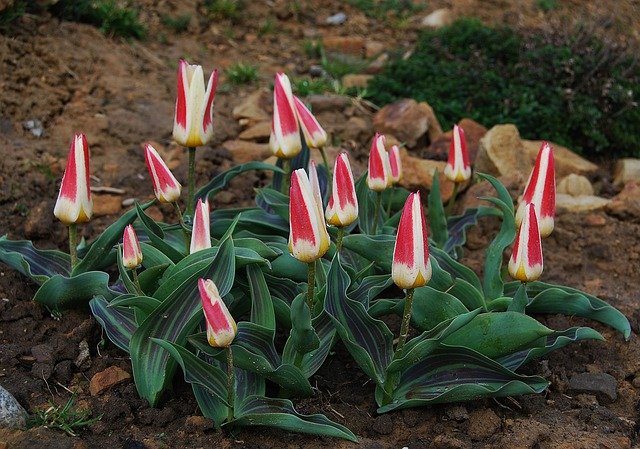What Is Slit Seeding And How Do You Do It?
Amongst the most beautiful characteristics a property may have is a lush, green lawn that is soft enough to walk on in bare feet without damaging the grass. Slit seeding is the most effective approach for creating the ideal lawn for the whole family to enjoy all summer long. It is also the most cost-effective method.
Slit seeding, as the name suggests, is done using a machine by cutting the ground and inserting slits into it. Slit seeding machines are often referred to as slit seeders. Slit seeders split the ground as they travel along, dropping seeds into the slices that have been made.
Slit seeding appears to be a bit unusual, and the majority of people are unaware that this type of seeding even exists. Slit seeding is highly recommended by those who have used it, mostly because it allows the seed to penetrate the soil rather than just resting on top of it.
This is also an excellent strategy since it keeps creatures like birds and animals from consuming the seeds after all of the hard work has been put into distributing them.
When it comes to establishing a lawn, silt seeding outperforms sod in terms of success rates. Not only is slit seeding superior to sod in terms of quality, but it is also less expensive to install than sod or even hydro seeding.
How to Seed Your Lawn Using Slit Seeding
The first step in seeding a grass, like with any other approach, is to prepare your yard. To begin preparing your lawn for silt seeding, remove any leaves, weeds, and pebbles from the area.
If you are slit seeding an all-dirt lot, it is also a good idea to level the ground before seeding. To do this, just connect a fence to the back of a lawn tractor and move it around.
As soon as your yard is ready for the slit seeder, you’ll need to determine how much seed you’ll need. You may accomplish this using Google Maps by subtracting the square footage of your home, driveway, barn, etc. from the total area of the map. Alternatively, speak with a local lawn care specialist or green house provider.
Now that your yard has been prepared for slit seeding and you have obtained the necessary amount of seed, it is time to set the slit seeder to work. Fill the slit seeder halfway with seed to get things started.
The most often used setting for the slit seeder is to deposit around 5 pounds of seed per 1,000 square foot of ground surface area. As soon as everything is in place and ready to go, walk the seeder from one end of the lot to the other in a straight line.
Depending on the slit seeder, seed will be placed in the slits in rows that are about 4 inches apart. Once you have finished the procedure, repeat it in the opposite direction (perpendicular) to what you have just performed to form a grid. You have now successfully slit planted your lawn.
All that is left is to water the yard, which you should do well to ensure that it is thoroughly soaked. In order for the seeds to germinate, you will need to water the grass on a regular basis for around two weeks.
It is necessary to maintain your old lawn while you are cutting seeding a new grass to thicken it. Another advantage of slit seeding is that you may mow your grass right after you have slit seeded it.
Conclusion
To get the ideal lush green lawn, slit seeding is the most successful and cost-efficient way. It is also simple enough that you can just rent a slit seeder, which allows you to save money by not having to hire someone to install sod or hydro seed.
Obviously, the most cost-effective technique is just putting seed on your lawn, but slit seeding will assure a higher germination rate while also avoiding your investment from being consumed by birds and other animals.




